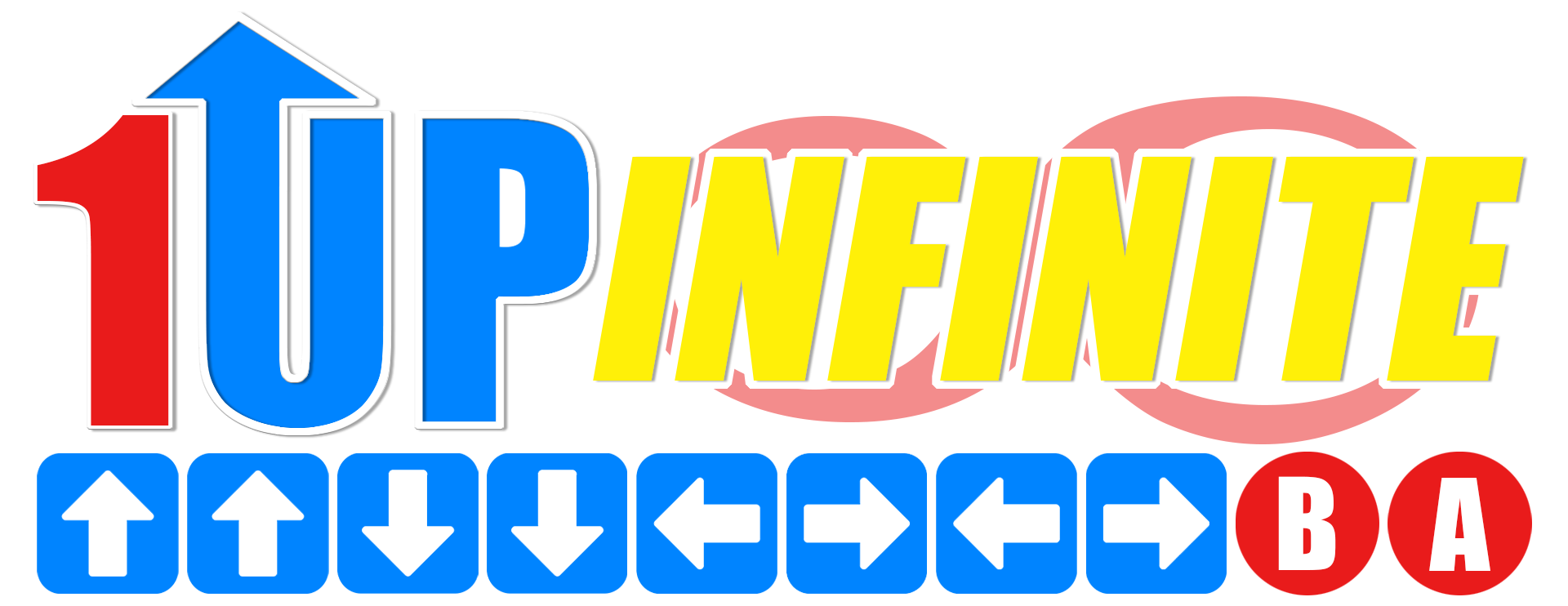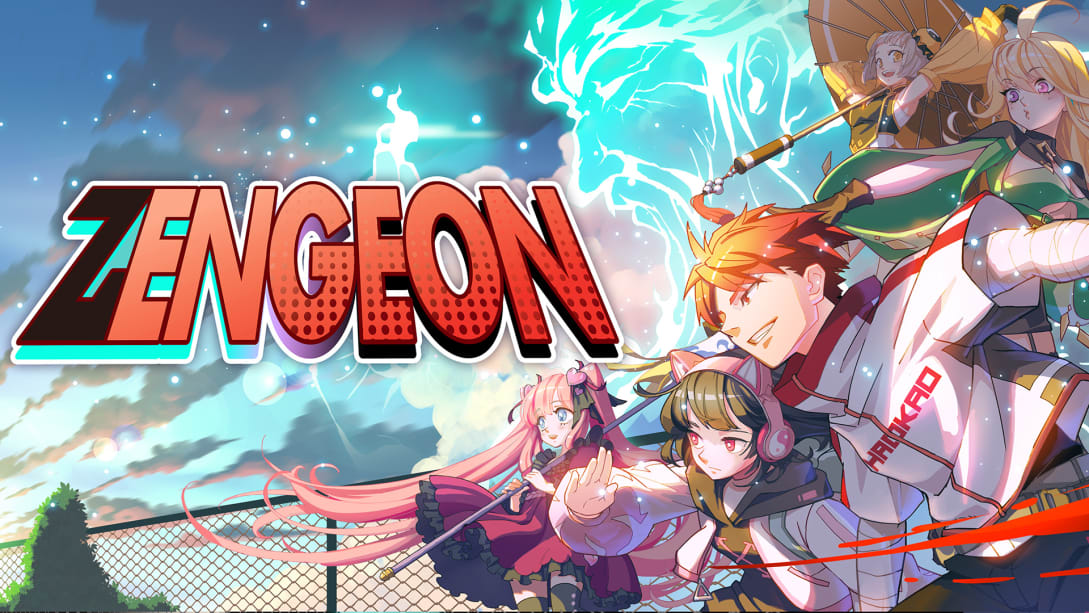Zengeon
Some Clarifications Involving the Zengeon Unboxing Video
Before I begin Zengeon's "First Look," I need to clarify a lot of things because I’ve learned several details based on research after playing for the first time. For starters, it seems that PQube is only responsible for the publishing rights to the console versions of Zengeon as the game has been out on Steam since 2019. Aside from the Switch version, Zengeon will also release on the PS4 and Xbox One although the Switch version holds its own surprisingly well.
I also compared the style of Zengeon to another PQube published title, Dusk Diver, due to the emphasis on “streetwear” aesthetics mixed with a traditional East Asian influence. The similarities end here of course, as Dusk Diver is more of an “action RPG” than Zengeon claims it is. That’s not a bad thing, but, it’s mistelling at first from what the game is.
Combining Classic Dungeon-Crawling With Modern Anime Aesthetics
Following a short intro detailing the synopsis of Zengeon, which involves “evil god wishes to plunge the world into darkness so Earth’s mightiest heroes must defend their home from evil” cliches, the player is immediately placed into the main menu. Of the five characters, the players can play as only two are initially available with the rest needing to be unlocked by fulfilling objectives in-game. One character requires the player to find an artifact while another requires the first boss to be defeated among other objectives.
The two starting characters play differently from each other, with one being a melee-oriented swordsman and the other being a ranged mage. Players will have to adjust to each character’s specific playstyle while also being mindful of their health as it’s easy for the player to become swarmed by enemies, going from 100 to 0 in a near-instant. The best way to defend themselves is through the usage of proper spacing and being just outside of an opponent’s range before this happens, until you obtain enough items to sustain your health and deal damage liberally without worrying about a cheap death.
Zengeon Has An Easy-To-Learn Hard-To-Master Gameplay Element.
The isometric gameplay bears elements of other dungeon-crawling "roguelites" including the importance of item management. Destroying the environment around you as well as defeating enemies will net players with artifacts that will benefit their progress. Some will heal based on damage dealt, while others will summon spirits to assist players in the middle of combat. Some are also detrimental, offering an increase in cooldown percentage in exchange for a decrease in maximum hp.
Perhaps this is the main reason behind the learning curve that Zengeon has. Your movement is severely limited depending on what your character can do based on cooldowns. Each character has a “primary” attack, an “evasion” attack, an “area-of-effect” attack, and lastly a special attack based on their guardian spirit. Each character has an element based on their spirit, with the melee swordsman being fire-based and the mage being electric-based.
The problem with this is that there’s no way to defend yourself if you already spent your “evade” ability, forcing you to wait until the cooldown ends. This means that if you’re surrounded by enemies, which will tend to happen, and your evasion is on cooldown, you will have to fight your way out of that mosh pit which, thankfully, you’re given the ability to attack enemies in a crowd. At that point, it’s best to decide whether to risk-taking damage to kill your enemies quickly or to play passive and hope for an opening.
Proper Distancing Will Make Or Break Cycles In Zengeon.
Another problem is that since everything the player does is bound to a cooldown, once you commit to an ability you cannot move until the animation finishes, even the “primary” attack ability. This means this limits the freedom of attacking while moving, and for some attacks you move towards the direction you’re facing, placing you in an unfavorable situation if you aren’t careful.
Perhaps this was the “action RPG” element that Zengeon boasts, as it borders on the line of turn-based unless you have cooldown reduction items. I was only able to reach the first boss once, but unfortunately, I was unable to defeat him and it was here that the “roguelite” aspect fully kicks in.
Each Cycle Isn't The End, Players Just Do A Little Better Each Time
Before dying to the first boss, there were times when I would die to stronger enemies that would simply be too powerful than me and the potions you enter with are limited in capacity, meaning that it’s a gamble if it’s best to hold a potion when you’re in a pinch versus relying on any health restorative items you have on standby.
Overall, I teased it with the unboxing and the first look, but, from what I’ve played, I liked the game for what it provided. It gave me Diablo 3 vibes in that the gameplay is similar but it also has its flavor if you ignore the minor nitpicks including grammar and the inconsistent graphics that may show up, including low-resolution 2D sprites against the otherwise high-quality 3D models.
I’m a sucker for handheld dungeon crawling and the entire “do a little bit better each time” aesthetic when it comes to games like this, so, Zengeon may just be a title to look at on the Switch and maybe even on PC when the latter goes on sale. For the price of $20, players can do way worse with that amount.
Zengeon is available on PC and Switch. The PS4 and Xbox One versions will release sometime in 2021.

